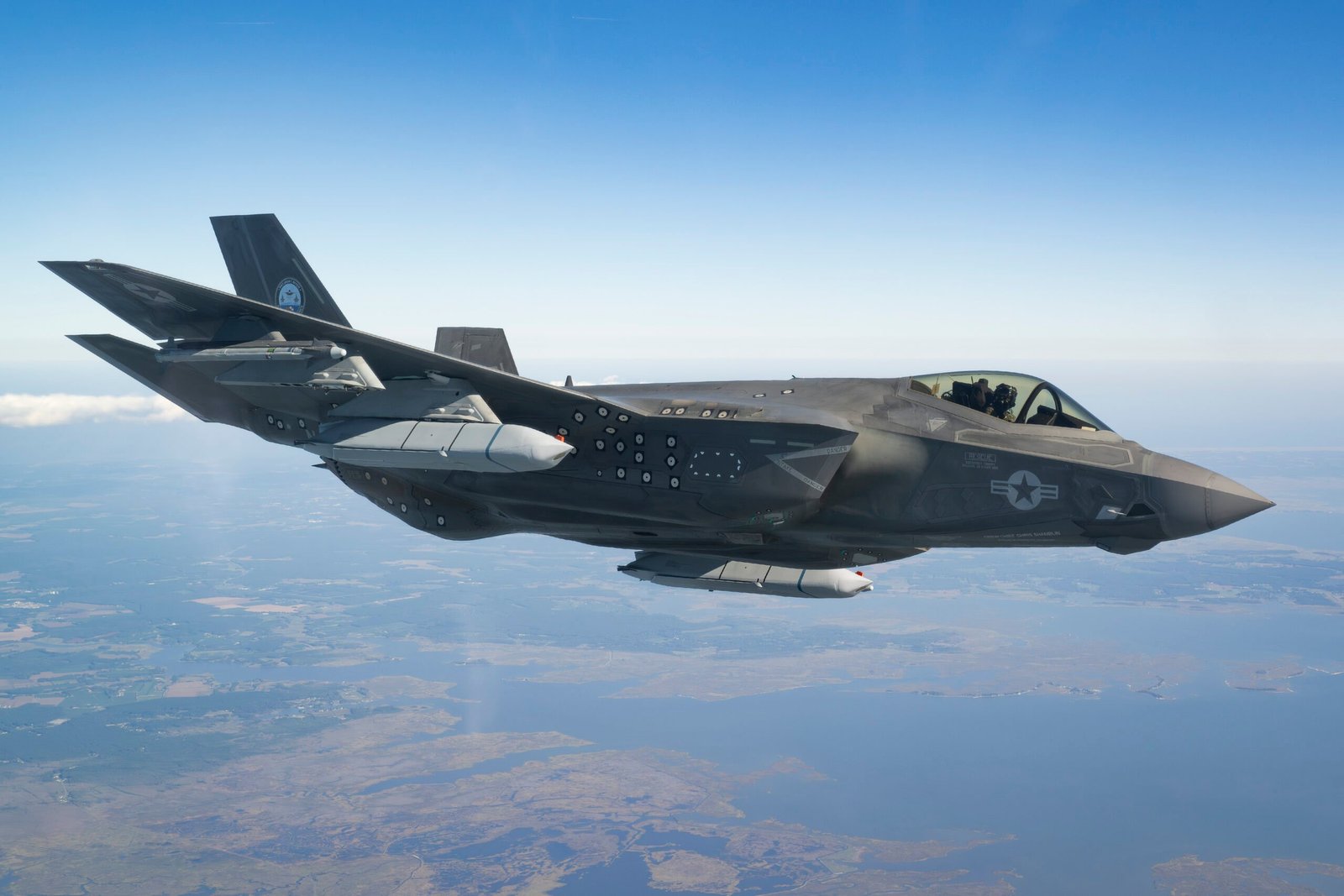
BAE Secures new Contract for LRASM RF Sensors
BAE Systems has secured a new production contract from Lockheed Martin to provide additional radio-frequency (RF) sensors for the Long-Range Anti-Ship Missile (LRASM), extending deliveries through 2030.
The agreement, awarded in December 2024, continues a partnership that began in 2018 when BAE Systems first began supplying sensors for the program.
According to the company, the RF sensors provide critical guidance functions for the stealthy, precision-strike missile. By procuring in large lots, the Pentagon aims to strengthen the maritime strike arsenal while keeping acquisition costs under control.
“BAE Systems is dedicated to its work with Lockheed Martin to provide discriminating capabilities to the warfighter,” said Vanessa Varrati, LRASM sensor program director at BAE Systems. “This contract recognizes our technical and operational expertise that brings this critical deterrence and strike capability to the U.S. Navy and U.S. Air Force.”
LRASM has been fielded as a long-range, survivable strike weapon capable of operating in contested environments. The missile can penetrate advanced air defenses and engage maritime targets at extended ranges, providing U.S. forces with a key option for deterrence and power projection.
In a statement, BAE Systems added that it is looking ahead to future developments by designing modular, scalable systems to meet evolving operational demands.
“We’re anticipating the need for small, powerful, multi-function hardware that can work on a variety of platforms, and we’re building the core elements today,” said Ed Leonard, director of Small Form Factor Solutions at BAE Systems.
Lockheed Martin is the prime contractor for the missile, while BAE Systems’ RF sensor serves as a critical subsystem enabling target detection and guidance in contested environments. The missile is designed to operate both independently and as part of larger battle networks, integrated alongside other U.S. surface combatants such as destroyers and cruisers.
The U.S. Navy and U.S. Air Force are the primary operators of LRASM, which is fielded on platforms such as the B-1B bomber, F-35 and the F/A-18E/F Super Hornet.


